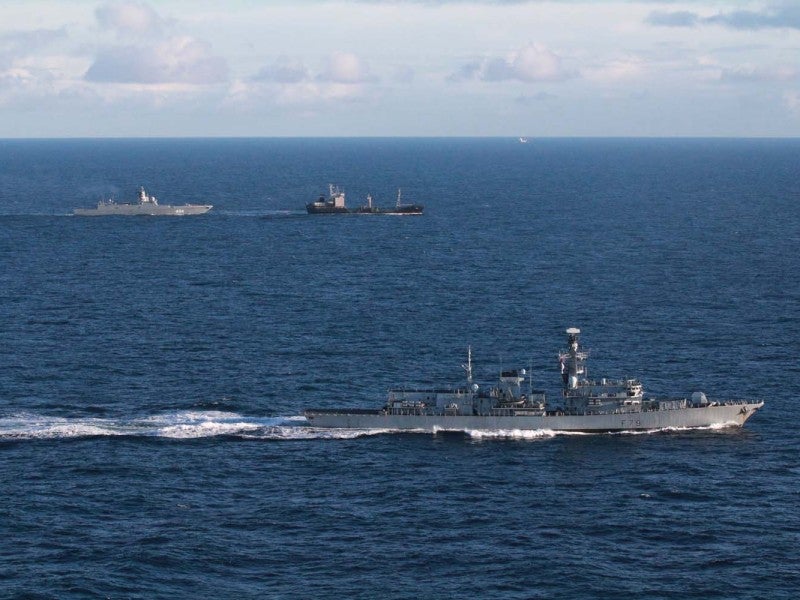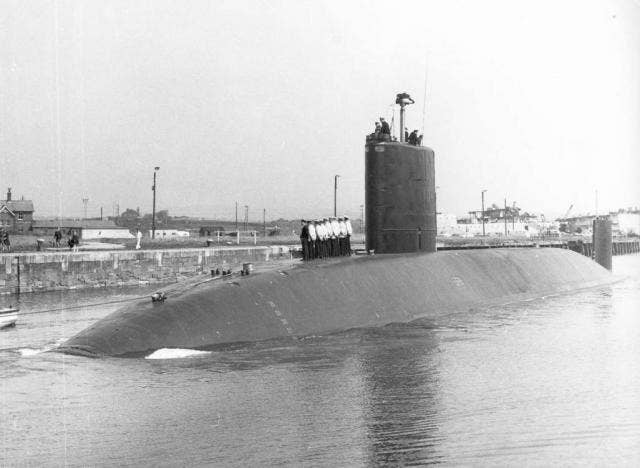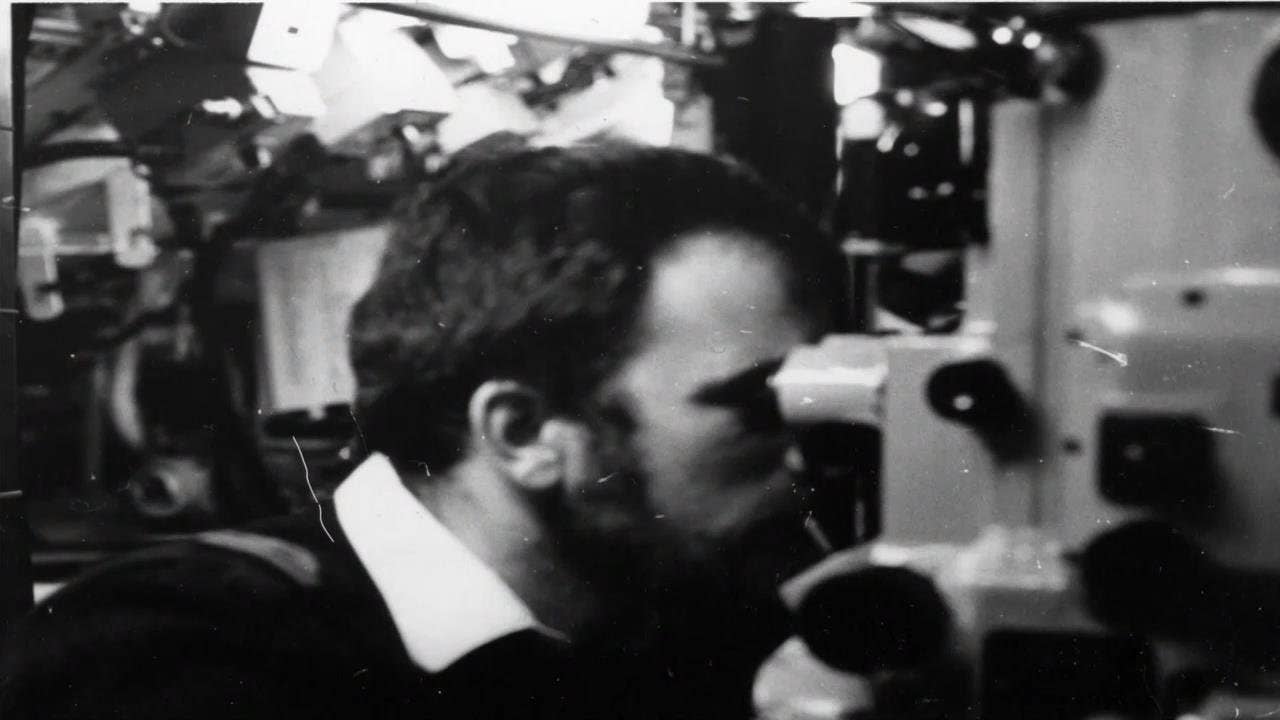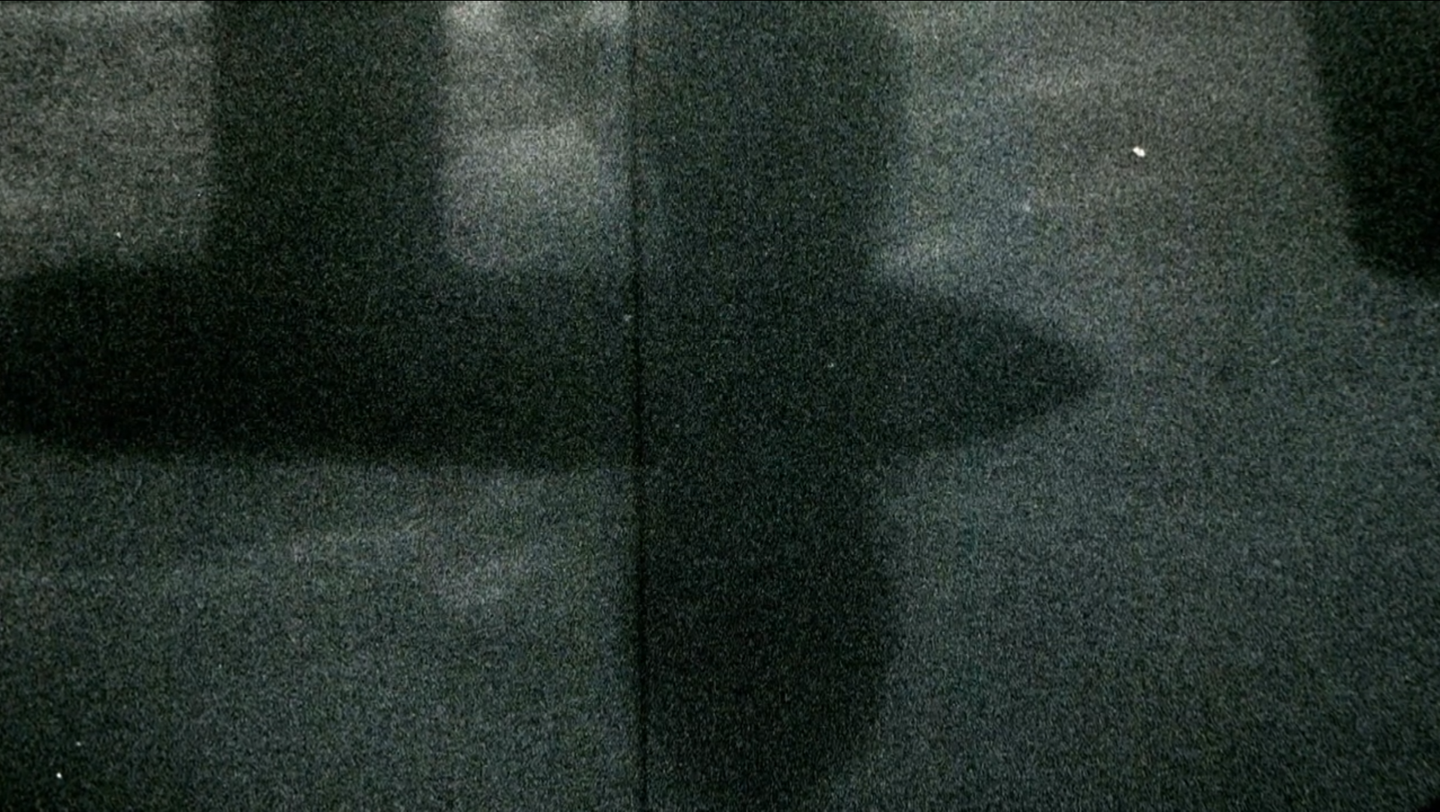A British Royal Navy frigate, HMS Portland, was monitoring Russia’s guided missile frigate Admiral Gorshkov armed with Zircon hypersonic missiles, and the accompanying tanker Kama as they were sailing in international waters close to the UK’s borders, according to a recent statement by the Royal Navy.
Frightening Russian Fighters, US Supplied GPS Guided Shell, Excalibur, Identified As ‘Most Dangerous’ Weapon For Ukraine
Ni Hao China! US Nimitz Carrier Strike Group Begins Ops In South China Sea Amid ‘Threatening Acts’ By Beijing
“HMS Portland is monitoring the Russian guided missile frigate Admiral Gorshkov and accompanying tanker Kama as they sail in international waters close to the UK. The Type 23 frigate joined the Norwegian Coast Guard vessel, Bergen, as the Russian ships transited south through the Norwegian Sea,” the Royal Navy said in a statement on January 11.
“Portland, with her specialist Merlin helicopter embarked – both equipped with cutting-edge sonars, sensors, and torpedoes for specialist operations – is tracking and reporting on the movements of the Russian ships through the North Sea,” the statement continued.
“Escorting warships in UK territorial waters and the adjacent sea areas is a routine activity for the Royal Navy,” said Commander Ed Moss-Ward, the commanding officer of Portland, while adding that by maintaining a visible and persistent presence, the Royal Navy ensures compliance with maritime law and deters malign activity to protect the UK’s interests.

The Russian frigate Admiral Gorshkov armed with Zircon hypersonic missile, was flagged off by the Russian Defense Minister Sergei Shoigu on January 4 to travel across the Atlantic Ocean, Indian Ocean, and the Mediterranean Sea.
This is the first time Russia has sent a vessel armed with hypersonic missiles for operational duty. The ship also fired the Zircon hypersonic missile about 1,000 kilometers away in the Barents Sea. Hypersonic missiles can strike at sea and ground targets and travel at Mach 9 (11,113 kilometers per hour).
The Zircon missile can reportedly evade even the most advanced American defenses, and therefore, Western military commentators suggest this voyage is a subtle move by President Putin to project power.
After the Atlantic, Admiral Gorshkov is scheduled to enter the Indian Ocean and the Mediterranean Sea.
This is just one of several instances where the Royal Navy has shadowed a Russian warship which the service has been doing since the days of the Cold War.
On one such occasion, more than 20 years ago, a Royal Navy nuclear submarine accomplished a remarkable feat by sneaking under a Soviet Aircraft Carrier to take underwater pictures of the carrier.
In 1977, during the height of the cold war, HMS Swiftsure (S-126) managed to slip into a large-scale Soviet Northern Fleet exercise in the Barents Sea.
The submarine penetrated undetected through layers of escort screens of destroyers and frigates and approached the Soviet aircraft carrier Kiev and recorded highly valuable acoustic signatures, and took underwater periscope pictures of the carrier’s hull and propellers.
Most importantly, the Soviet Navy did not get even the whiff of the presence of a NATO attack submarine and the wealth of information it could gather.
Swiftsure-class Nuclear Submarine Vs. Kiev-class Aircraft Carrier
The UK developed the Swiftsure class of nuclear submarines to counter the growing threat of nuclear-powered and nuclear-armed Soviet submarines routinely operating in the Atlantic Ocean.
The Swiftsure featured enhancements based on lessons from previous all-British-designed classes, enabling deeper diving, higher speeds, and lower radiated noise.

The Swiftsure-class submarines were powered by a single PWR Mk 1 nuclear reactor and an auxiliary Paxman Ventura diesel generator. They used to be armed with five 533mm torpedo tubes capable of launching Mk 24 Mod 2 Tigerfish and later Spearfish heavyweight torpedoes and Stonefish/Sea Urchin naval mines.
In addition, UGM-84 Harpoon anti-ship missiles and UGM-109E Tomahawk Land Attack Missile (TLAM-E) Block IV were also incorporated later.
While the Soviet-designed Kiev-class aircraft carrier was the first class of fixed-wing aircraft carriers that served the Soviet Navy and the Russian Navy from 1975 to 1993, it had a diverse armament, but for sub-surface threats in particular, the Kiev carried two launchers for RPK-1 Vikhr (SUW-N-1/FRAS-1) anti-submarine missiles and two RBU-6000 Smerch-2 rocket launchers.
Without a catapult, Kiev only operated aircraft with Vertical Take-off and Landing (VTOL) capability, including the Yak-38 Forger fighter jets and Ka-25 Hormone helicopters.

The sonar suite of Kiev comprised a hull-mounted MG-342 Orion (Horse Jaw) low-frequency (LF) sonar, MG-335 Platina (Bull Nose) medium-frequency (MF) sonar, and a towed MG-325 Vega (Mare Tail) variable-depth sonar (VDS).
In the 1980s, Kiev went through an overhaul and modernization. However, it was decommissioned in 1993, only two years following the disintegration of the Soviet Union. In June 1993, the carrier was sold to China, where it was first turned into a theme park in Tianjin and, two decades later, into a luxurious hotel.
How The Swiftsure Penetrated The Soviet Naval Exercise
During the Cold War, the Soviet Navy would regularly refine its skills and command-chain efficiency during large-scale naval exercises that often included submarines and aircraft, such as the exercise SEVER-77 (North-1977), which was held on April 14-22, 1977.
The exercise was led by Kiev, which was still regarded as a new vessel, having been inducted just two years before, and the crew was still getting the hang of all the complex systems aboard.
The carrier’s inner and outer escorts comprised the Project 1134A Berkut-A (Kresta II) class guided missile cruisers Admiral Nakhimov, Marshal Timoshenko, Admiral Isakov, and the Project 61 (Kashin) class destroyer Smyshleny.
Most of the exercise was carried out in the Northern Fleet’s ‘home waters’ of the Barents Sea. The fleet, accompanied by the Project 1559V Morskoy proctor (Boris Chilkin) class replenishment oiler Genrikh Gasanov, also sailed up to the Lofoten archipelago in the Norwegian Sea to practice replenishment-at-sea (RAS) procedures in difficult weather conditions off the Norwegian coast.
Soon after discovering the Soviet surface ships active in the exercise, the Swiftsure, commanded by Captain John Speller, received orders to record Kiev’s acoustic signature and gather other intelligence.
An acoustic signature is a ship’s specific sound signature that a trained sonar operator can recognize. Kiev’s signature was valuable information that would enable the Royal Navy and its allies to detect and identify the carrier much faster.
However, the mission entailed great risks, requiring the submarine to get very close to Kiev. If a Royal Navy submarine had been discovered in such proximity to a Soviet aircraft carrier, it would have certainly caused a major international incident.
The captain ordered Swiftsure to approach Kiev slowly and carefully from behind to take advantage of the blind spot of the carrier’s sonar systems. The blind spot – called ‘baffles’ – extends behind the ship where the bow-mounted sonar has no coverage.
Usually, submarines and surface vessels employ towed sonar arrays (TSA) and variable-depth sonar (VDS) to cover this blind spot, and while Kiev was equipped with VDS but unlike the more complex TSA, it was essentially just one towed sensor allowing the sonar operators to listen for suspicious sounds below the thermocline – the transition later between the warmer mixed water at the surface and the cooler, deeper water below.
A TSA consists of a series of hydrophones extending, if required, through multiple thermoclines, thereby providing much better situational awareness.
The captain of the Swiftsure carefully planned his approach, matching the speed of the submarine with that of the carrier. At that time, he remained undetected by Kiev and the vessels escorting it.
After hours of loitering in the depths and carefully adjusting its position concerning the carrier above, Swiftsure slowly started the ascent with its periscope raised to monitor the procedure.

Finally, the submarine crew could see the carrier’s propellers stirring the water. At this point, the periscope was only 10-12 feet from Kiev’s hull. Such proximity to a moving carrier displacing around 42,000 tons with a submarine displacing 4,500 tons entailed fatal risks.
A sudden change in the course by the carrier could have caused a collision or exposed the nearly surfaced submarine to the patrolling Anti-submarine warfare (ASW) helicopters or aircraft.
However, Swiftsure remained undetected and started recording the acoustic data. The submarine also took closeup photographs of Kiev’s hull shape, rudder, and propellers. This information would have allowed the Royal Navy and Western naval experts to analyze the carrier’s performance better.

Once all the important recordings and pictures were collected, Swiftsure started slowly going back into the depths, leaving the carrier and its escorts completely unaware that they had just been spied upon, demonstrating an example of a perfectly executed covert mission.
Swiftsure returned to the UK on the 70th day of its deployment, and its captain, John Speller, was later given a small model of Kiev’s propellers to commemorate the success of this dangerous mission.
- Contact the author at tanmaykadam700@gmail.com
- Follow EurAsian Times on Google News




